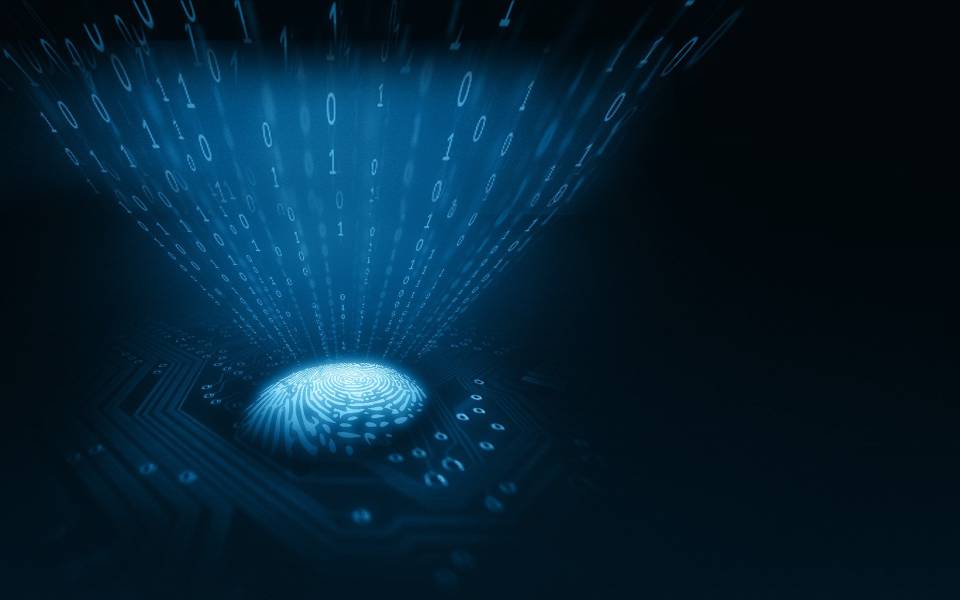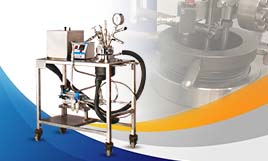Distinguishing Between IR and Raman Spectroscopy
A popular analytical technique that studies the interaction between matter and electromagnetic radiation. These interactions generate electronic excitations, nuclear spin orientations or molecular vibrations which then can be examined with the use of varied spectroscopic instrumentation.
There are a range of spectroscopy techniques available such as nuclear magnetic resonance, infrared, Raman spectroscopy, etc. However, among the bunch of them, the most popular ones are infrared (IR) and Raman techniques.
Oftentimes, these two are confused to be similar but in reality, these two techniques are far distinguished. Continue to read till the end to learn the differences between the two spectroscopy techniques.
Definition
Infrared (IR) Spectroscopy
This is a non-destructive spectroscopic technique that offers a molecular fingerprint of samples and was founded a long time ago than the principles of Raman spectroscopy. The theory of this spectroscopy technique was established around the 1800's when F.W. Herschel discovered infrared light.
It is the measurement of the interaction of infrared radiation with matter that can be analysed in three ways – absorption, emission and reflection. The main use of this particular technique is in organic and inorganic chemistry.
Raman Spectroscopy
Raman spectroscopy is also a non-destructive technique that provides a molecular structure of a sample and molecular fingerprint of the sample’s chemical composition. This technique has been around ever since the discovery of Raman Scattering in 1928.
It is used for the determination of molecules’ vibrational modes along with other low-frequency modes of the systems might also be observed.
How Do They Work?
Both Raman and IR Spectroscopy are categories of vibrational spectroscopy. IR works specifically with the infrared area of the electromagnetic spectrum. It operates by the measurement of how much light is absorbed by the vibrating molecules' bonds.
Whereas, Raman spectroscopy functions by the detection of inelastic scattering that is also referred as Raman Scattering of monochromatic light emitted from a laser. Usually this is visible near infrared or near ultraviolet range.
To make a detectable transition for an IR, the molecule must go through a dipole moment alteration during vibration. On the other hand, for a transition Raman active, the polarizability of the molecule must be attained during vibration and the electron cloud of the molecule must be positionally changed.
Benefits of Choosing Raman Spectroscopy
The primary advantage that Raman Spectroscopy offers in comparison to IR is that the sample preparation is convenient in this technique. Experts require much less time and effort for sample preparation and keeping in mind that the speed is crucial in the analysis, choosing Raman spectroscopy makes much sense.
Also, Raman Spectroscopy does not require a reference light path since it is a scattering technique. Its portability enables for remote analysis providing much flexibility.
Benefits of Choosing IR Spectroscopy
The highlighting benefit of using this technique is its reduced cost. It doesn’t require the use of high-powered lasers and amplification sources for obtaining sensitive results. It also offers better sensitivity and reliability as it has been around for a longer time.
Both the techniques are pretty vital when it comes to spectrometry and experts choose them as per their project demands.








